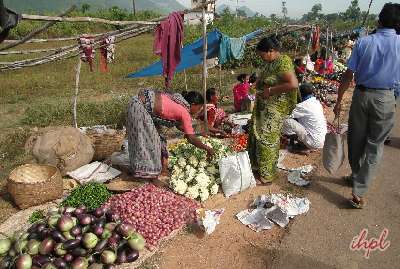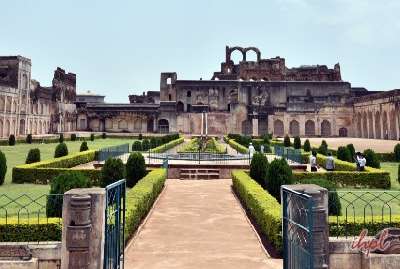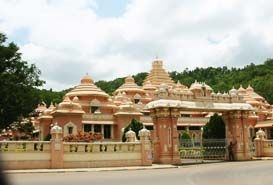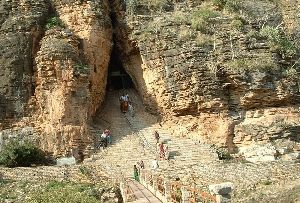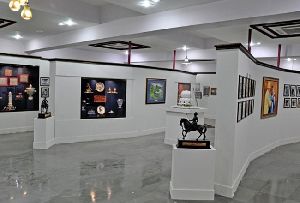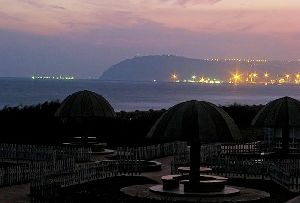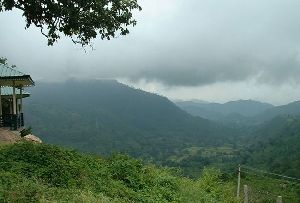The Dhimsa Dance is a dance of the young and the old alike. Both men and women can participate in this dance. The basic feature of the Dhimsa Dance is its attempt to establish friendship between the neighboring villages. The communities join hands and this is perhaps another important aspect of this dance. This facet also distinguishes the Dhimsa Dance from the rest.
The Dhimsa dance is held during the months of March and April. It is generally performed during the wedding occasions when the performers bedeck themselves with ornate jewelry and dance in tune to the drum beats. The Dhimsa dance is also performed by the performers during the time of the other festivals like anniversaries and yearly celebrations.
Various types of instruments accompany this dance. They include the Mori, Kiridi, Tudumu, Dappu and Jodukommulu. There are various types of Dhimsa Dance. They are Boda Dhimsa, Gunduri Dhimsa and Goddi Beta Dimsa, Tola Dhimsa, Kunda Dihimsa, Baya Dhimsa.
The Boda Dhimsa includes the ritual dance that is generally performed to honor the village Goddess. In Gunderi Dhimsa Dance or Usku Dance the male dancers dancing with peacock feathers invite the females to participate with them.
The Goodi Beta dance involves the simultaneous bending backward and forword along with swinging of the body. It is pleasant to watch the Goddi Beta Dance. The Pottar Tola Dhimsa symbolizes the picking up of leaves.
The other forms of Dhimsa include the Bhag Dhimsa and Natikari Dhimsa. The former is an expression of escape from the clutches of a fierce tiger. While the latter from of the dance involves the serpentine movements that would enable the dancers to pay homage to Goddess Kali during the Dewali Festival there are also other forms of Dhimsa Dances and these are exclusive and exceptional in their own ways.
Check out our Andhra Pradesh tour packages.




